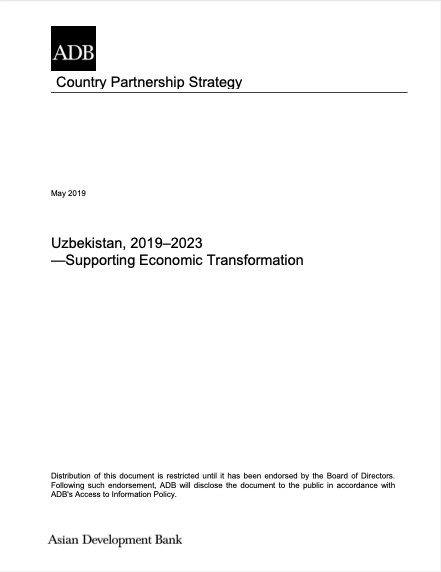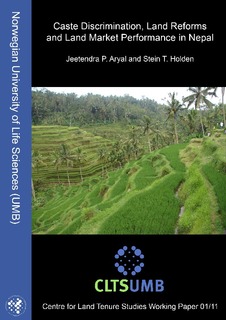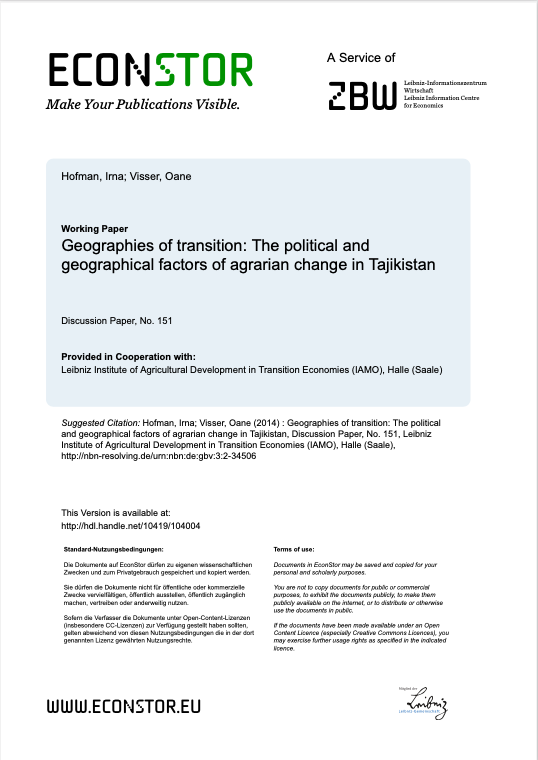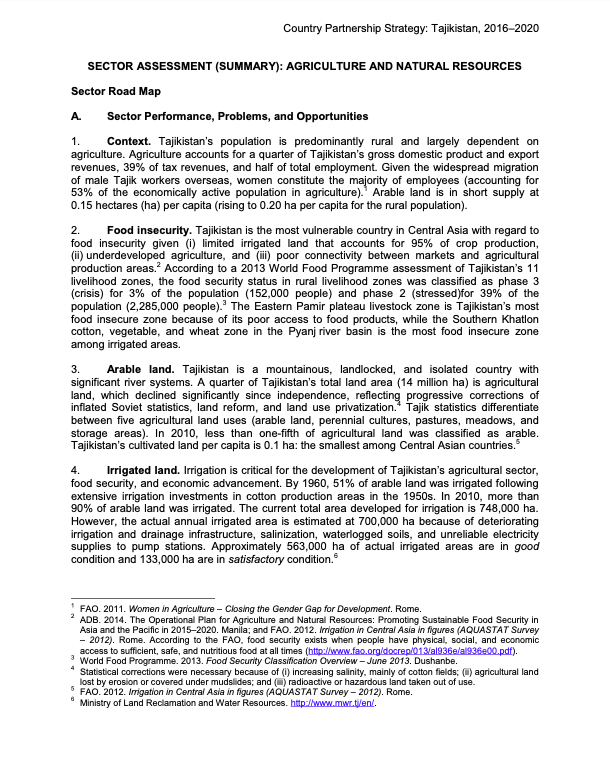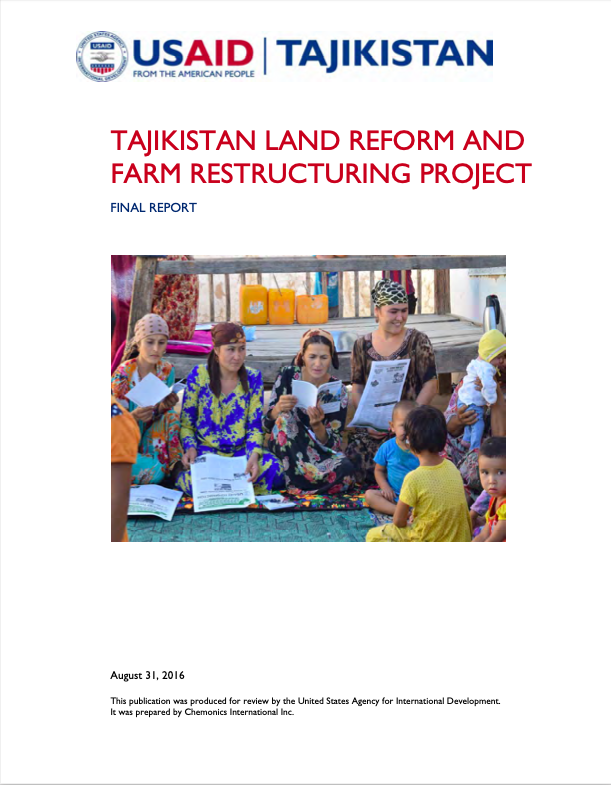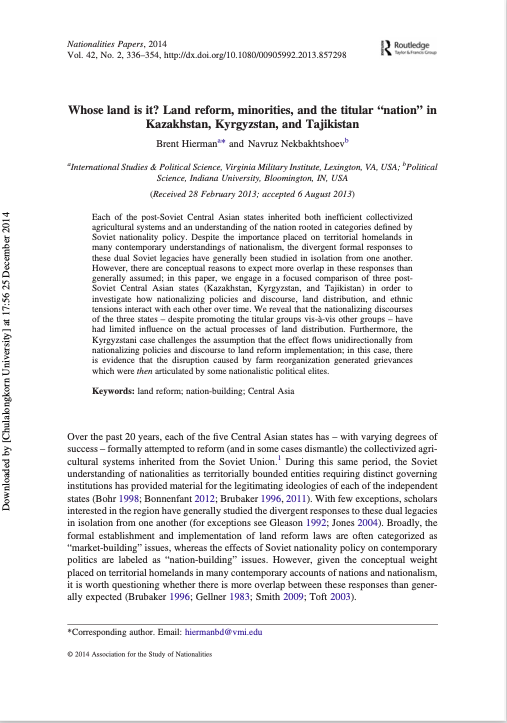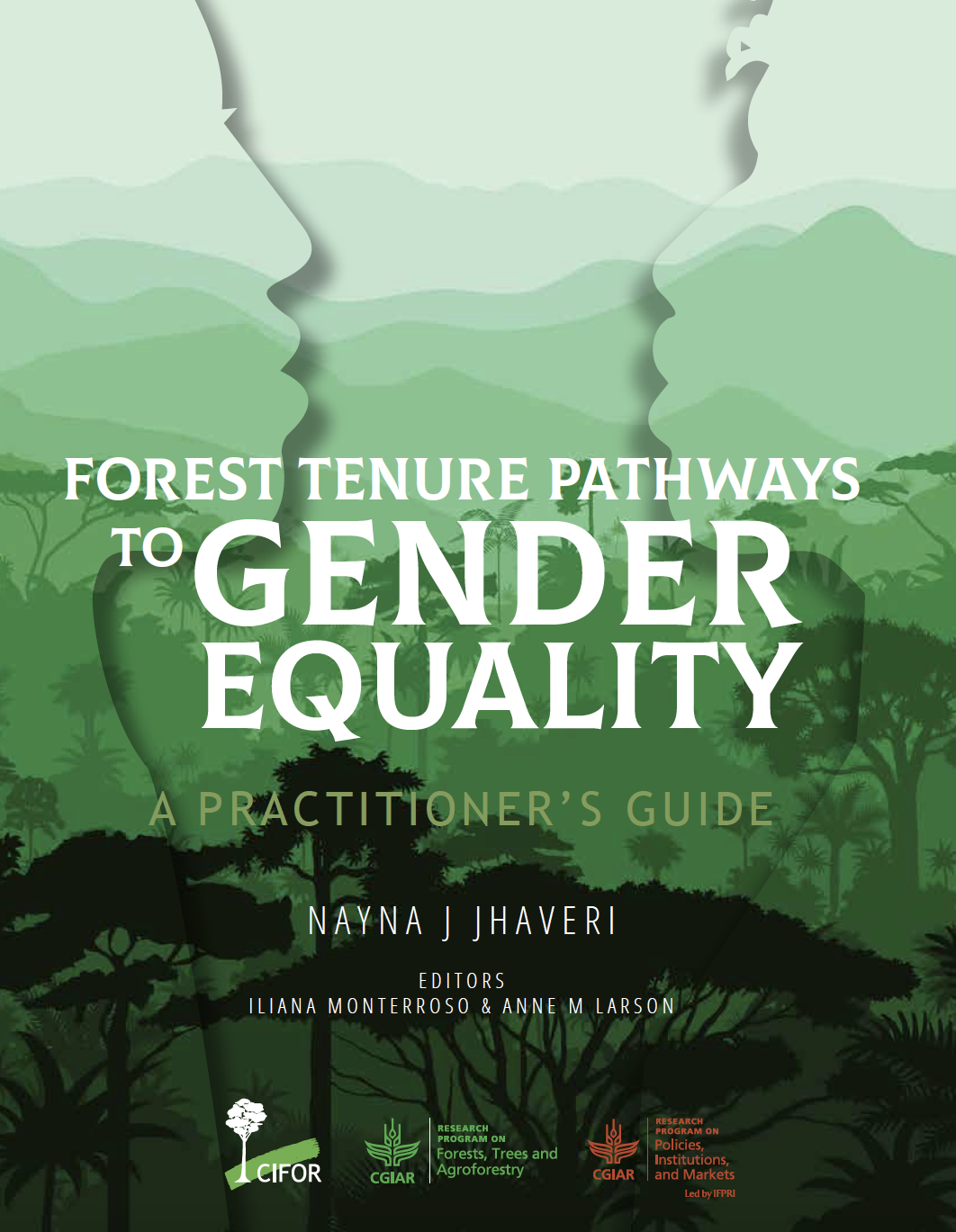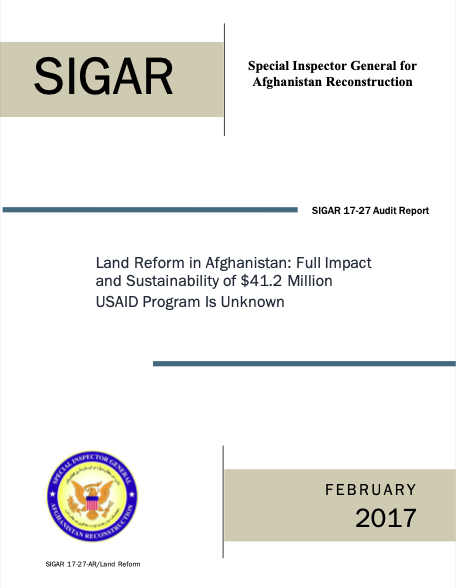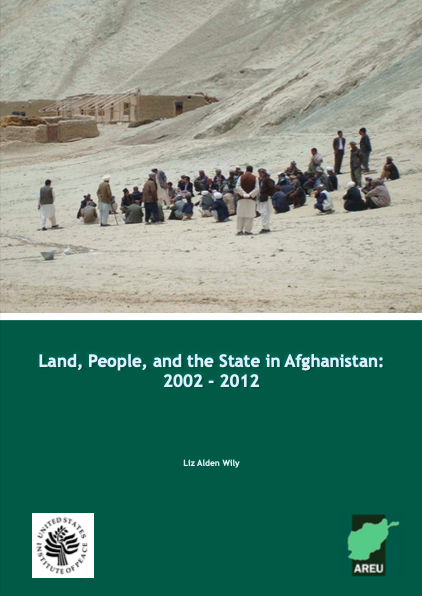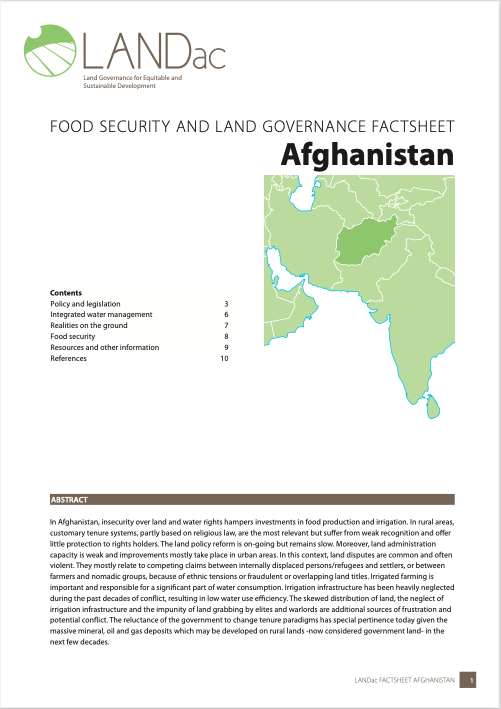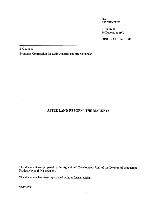Public policy and migratory behavior in selected developing countries; draft.
IDRC personnel. Article on government policys aimed at offsetting the disruptive effects of rural migration and rapid urbanization in developing countries - discusses effectiveness of land reform, community development rural development programmes, promotion of land settlement, and programmes aimed at raising the standard of living of migrants in urban areas; directives for urban planning. Includes statistical data, bibliography.


